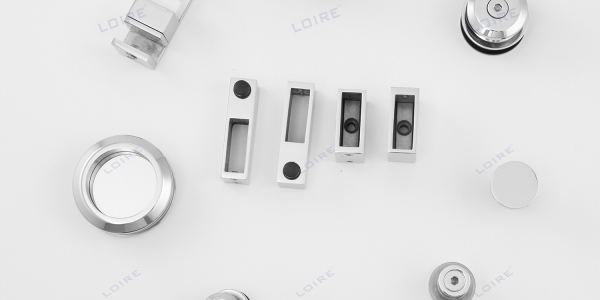Hardware and glass installation of doors and windows

There are often problems with doors and windows at home, and the first thing that comes to mind is that the product quality is not good. In fact, it may be an installation problem. Three parts, seven parts, good craftsmanship is the icing on the cake, and can even make up for the subtle flaws that some products may have. If the craftsmanship is not at home, a good window will be wasted, and it will cause a lot of hidden dangers.
The installation of hardware is a bridge connected by the frame and fan. The hardware installs the fan frame on the outer frame and is positioned by adjusting the hinge or sliding brace. For casement windows, the hardware installation is the key to controlling the "corner drop" of the sash.
Glass installation is achieved by adjusting the number and positions of load-bearing pads and positioning pads. The load-bearing pads bear the weight of the glass, and the positioning pads locate the glass to ensure that the gaps around the glass are even. Install the fan frame first, then install the glass, and adjust the position of the glass through the glass spacer. For casement windows, the position of the spacer determines the position of the eccentric pressure of the glass, and the spacer is also the key to controlling the "corner drop" of the sash of the casement window.
In addition, it should be noted that the thickness of the cushion block should be at least 5mm, and the width should be 2mm larger than the thickness of the glass. The length of the cushion block is generally about 100mm. The position of the cushion block should not affect the normal drainage of the drain hole. The number of spacers is determined by the width of the glass. If the width of the glass exceeds 1m, at least two glass spacers exceeding 100mm should be placed on the fulcrum.






